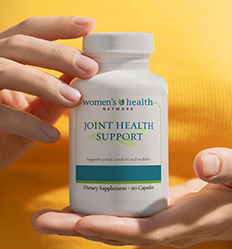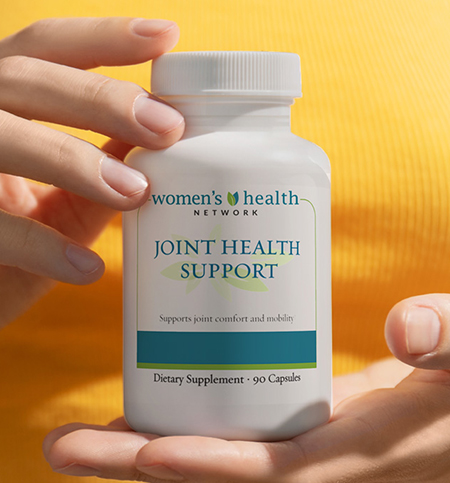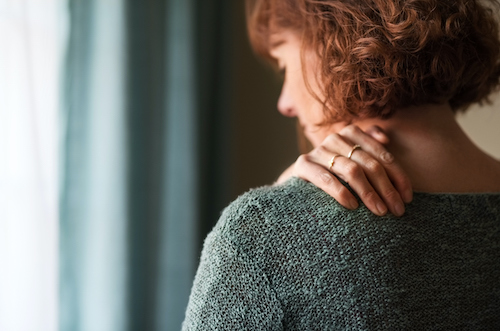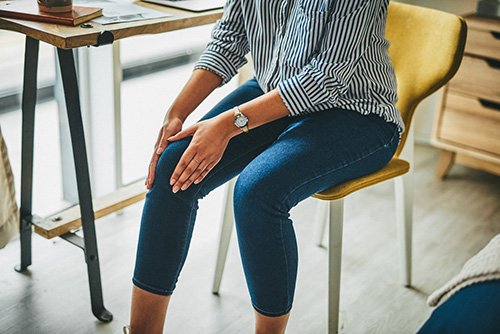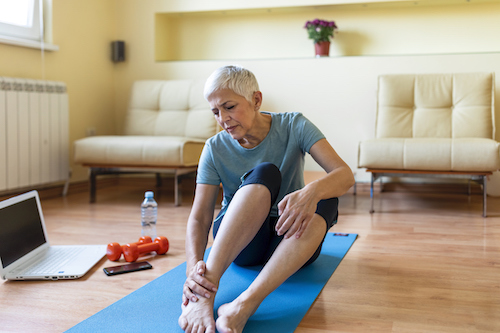Stilettos and other “stylish” shoes keep me and many other orthopedic surgeons in business. The old joke that 90% of foot problems affect women is actually pretty near the truth, and yes, most of these issues are caused by wearing the wrong shoes.
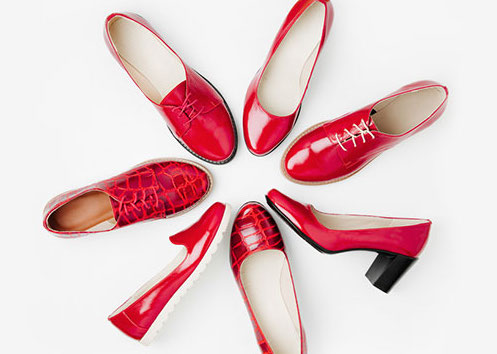
But what are the wrong shoes? What makes them wrong? And are there other factors that help us find the right balance between being chic and crippled? Let’s answer these questions from my perspective as a woman and a doctor who treats a lot of women for foot pain and other problems.
Why foot problems are a women’s health issue
Wearing trendy shoes is a classic example of ignore-it-now, pay-for-it-later. Western society puts a premium on high heels and pointy toes. But when you wear that kind of shoe for years, you can suffer serious foot deformities.
Consider the mechanics. Pointy-tipped shoes pinch toes and the bones of the entire forefoot into an unnatural position. At the same time, high heels thrust your whole body weight into a small area, multiplying the force on those poor toes many times. It’s frightening how much this resembles the foot-binding of ancient Chinese culture, which left women unable to walk.
Age adds to the problems for women. Over time, your arches flatten and your feet get wider. Shoes you wore as a teenager would feel like a medieval torture device after menopause.
Foot pain and malfunction lead to other health problems, from avoiding exercise to back pain to weight gain — and more. And too many women end up seeking surgery to relieve their foot pain. So the right shoes are a serious health issue. But before we talk about that, let’s delve a little more deeply into the most common foot problem for women. I bet you can guess where I’m going next.
The top foot problem for women
Bunions are the most common foot deformity and yes, they’re usually caused by wearing improper shoes. (People who don’t wear shoes rarely get bunions, but that isn’t an option for most of us!)
A bunion is the enlargement of the joint at the base of the big toe; we also see smaller “bunionettes” at the base of the little toe. Over time, bunions can result in a much wider foot and cause painful arthritis at the bunion site.

Bunions and bunionettes develop when abnormal stresses on the joint aggravated by the wrong shoes lead to inflammation. As the joint swells, the soft tissues around the joint are stretched, which pushes the big toe into an angular (or valgus) deformity. The big toe starts to point towards the little toe and sometimes even overlaps the second toe.
Bunion development is driven by the shoes you wear as well as other risk factors. People with naturally wide forefeet, over-pronation (when the mid foot has a tendency to roll inwards with every step), high arches or a short first ray have a predisposition for bunions.
The first ray is an anatomical term for the structural unit of the first metatarsal and cuneiform bones, which function together to accept weight and propel you forward during walking or running. The anatomy of the foot is remarkably complex — and interesting!
Your feet may be just fine with these common characteristics until you try out high heels, narrow or pointy-toed shoes — all of which can lead to bunions, pain and extremely limited shoe options. In particular, a woman with a wide foot and a short first ray who wears spiked heels or pointed toe shoes will notice the deformity earlier than a woman with a narrow foot who wears high heels only occasionally.
So the best and simplest way to avoid bunions — as well as Morton’s neuromas (pinched nerves of the foot), painful calluses, claw toes and other foot problems — is to make sure your shoes are fitting properly.

How to choose the best shoes for your feet
I often see women make a simple mistake when buying shoes. When they try on a shoe that feels tight, they try on a pair that’s one size bigger. Instead, you should try a pair that’s one size wider. I always prefer to try on shoes — a lot of different shoes — and walk around the store in them. I often find myself liking a pair that’s pretty comfortable but a little snug in the width, and that’s the widest model they have. I never buy those shoes. Instead, I ask to have the shoe that fits best shipped to my home, just one size wider.
Online shopping makes this much easier because they usually have all the widths in stock, and both shipping and returns are free. Order multiple sizes and widths for each style you like. A shoe should feel comfortable right away. Don’t assume it will stretch over time.
For the health of your feet, I also suggest you look for:
- Well-padded shoes to absorb shock
- Flexible soles
- Flat or low heels (less than an inch)
- Wide, roomy and rounded or square toe boxes
- No points of irritation
- Slight arch support, especially if you tend to overpronate or have a high arch. Cushioned flip flops are okay for people with normal or low arches. And newer sports sandals are well made with improved support.
Of course, high heels have long been synonymous with fashion. Some women attending the 2018 Cannes Film Festival were even barred from the red carpet for wearing flat shoes.
I’ll celebrate when we move past the idea that in order to be truly chic, a woman should be hobbled in physical pain from her footwear.
As I tell my patients, you’ll have better results with shoes that support your feet than from surgery to re-shape your bones. So find the right shoe before any deformities develop. And let’s all lobby Jimmy Choo for more cute sneakers.
 | Get more advice from Dr. Boutin with her blog Arthritis is your warning not to stop moving. |







